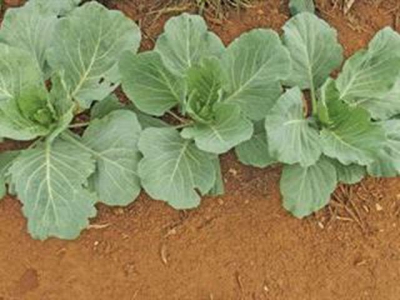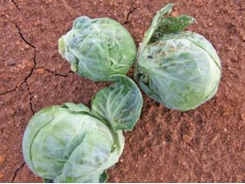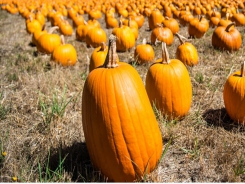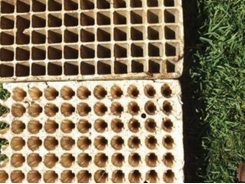Removing the hazards from transplanting

We’ve covered the requirements for the most suitable seedlings in the past few articles. It doesn’t stop there, though, as all this good work can be undone during transplanting – and shortly thereafter.
A healthy, uniform start with high potential requires good transplant management. Photo: Bill Kerr
Many factors influence the way the plant responds to its new environment in the land. This is why there should be communication between yourself and the nursery as to the condition of the plants – especially when it comes to the hardness and size of the seedlings. This information will help ensure you adopt the best practices.
The prevailing climate will also play a role. It’s always better to transplant in the late afternoon where possible. The night will likely be accompanied by dew and thus there will be a ‘cooling off’ period soon after transplanting. This relieves stress and enables the plant to concentrate on getting some roots into the soil before the heat stress of the next day.
If you have to plant throughout the day because that’s when you have the labour available, or are using a mechanical planter, it’s important to irrigate the transplanted area as soon as possible. This is much easier where you can turn sprinklers on and off before and after planting. A centre pivot makes things more difficult.
The plants should also have sufficient moisture in the plugs. Often the leaves are still turgid (swollen with liquid), while the roots are on the dry side, and the farmer looking at the leaves thinks all is in order. The problem is twofold if the roots are dry. Firstly, there are thousands of fine root hairs which are the functioning part of the root system.
These can easily become dry and damaged, which affects the time it takes for the plant to recover after transplanting. The second factor is that the moisture in the plug enables the plant to continue much longer before suffering severe water stress before the irrigation reaches it.
Soil condition
Soil condition is also important. Hot soil, especially if it’s dry, can damage the root system. Planting into moist soil, however, gives the seedling a huge advantage. Not only is it a cooler environment, it also helps keep hair roots functioning. A good practice, where possible, is to give a light irrigation the day before transplanting so that the soil is moist in the root zone, but not too wet to interfere with the planting process.
Certain crops are more vulnerable to the effects of hair root damage at transplanting. Lettuce is a prime example. From time to time a farmer will mention that one planting of lettuce suffers from Pythium damping off, while those on either side are fine. Immediately the seedling grower is blamed.
But enquiries will invariably reveal that the section with the Pythium damage was planted during hot, dry conditions. With a number of roots killed off, the fungus finds it easier to attack the root system. This can happen even if the transplants don’t look wilted. In fact, symptoms can manifest quite long after transplanting.
Neglected
A further consideration is the manner of transplanting. Surprisingly, this is one of the most neglected practices in crop production – yet it’s the ‘foundation’ of the crop. The seedlings need to be carefully handled. For example, the worker placing the plants on the land shouldn’t get too far ahead of the person transplanting, especially in hot weather.
The person transplanting should also be careful to keep the root orientation vertical. Simply pushing the plant into the soil produces a bent root system, called ‘J-rooting’. These plants usually develop into runts and much damage can be done this way. For this reason, many farmers have gone over to mechanical planters for better seedling placement.
Related news
Tools

Phối trộn thức ăn chăn nuôi

Pha dung dịch thủy canh

Định mức cho tôm ăn

Phối trộn phân bón NPK

Xác định tỷ lệ tôm sống

Chuyển đổi đơn vị phân bón

Xác định công suất sục khí

Chuyển đổi đơn vị tôm

Tính diện tích nhà kính

Tính thể tích ao



 7 Tips for Finding the Perfect Pumpkin
7 Tips for Finding the Perfect Pumpkin  Square versus round plugs
Square versus round plugs